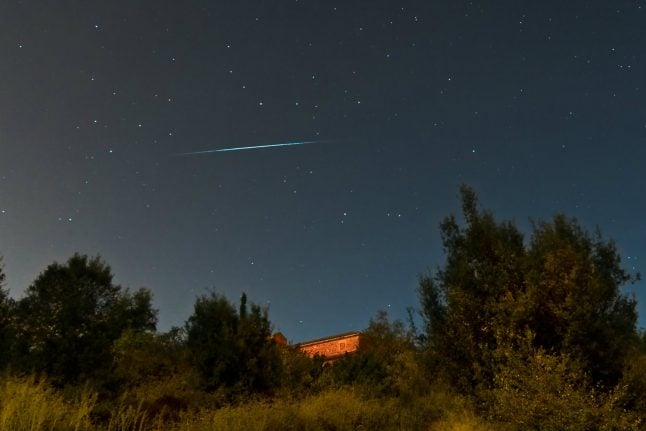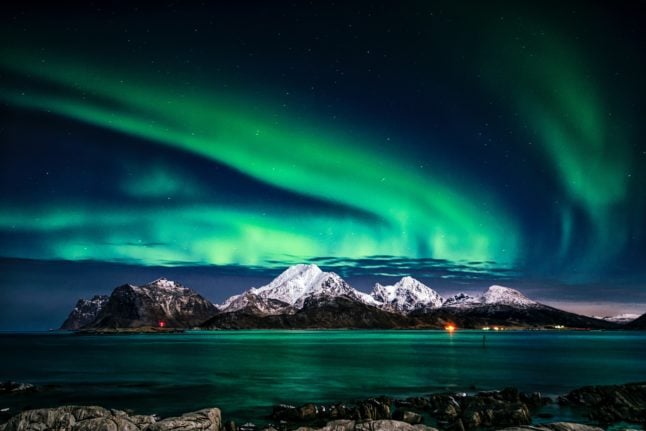The first shooting stars from the meteor shower have already been observed, but the peak is expected on the night of August 12th, writes Østlandets Blad.
The meteor shower, one of the most visible of its kind this year, is set to pop up in Norway’s skies when the earth passes through dust cloud left by the Swift-Tuttle comet, astrophysicist Knut Jørgen Røed Ødegaard and science fiction author and speaker Anne Mette Sannes wrote to the newspaper in a press statement.
People in South Norway will be able to see the celestial phenomenon after the skies become dark between 11 and 11:30pm.
In the northern part of the country, the sky will still be too light for the meteors to be observed.
It is common to be able to observe between 80 and 100 shooting stars during the Perseids meteor shower, caused by Swift-Tuttle and active from July to August each year, although a bright moon might make the weaker meteors less visible this year, wrote Ødegaard and Sannes.
Space enthusiasts in Norway will be treated to a second astronomical sight later this month.
August 21st will see a small, partial solar eclipse visible in the south of the country.
Norway will be at the “far eastern limit” of the eclipse, which will be at its strongest over the United States, write Ødegaard and Sannes wrote on their website.
READ ALSO: Top tips for watching the meteor shower in Norway (from 2016)



 Please whitelist us to continue reading.
Please whitelist us to continue reading.